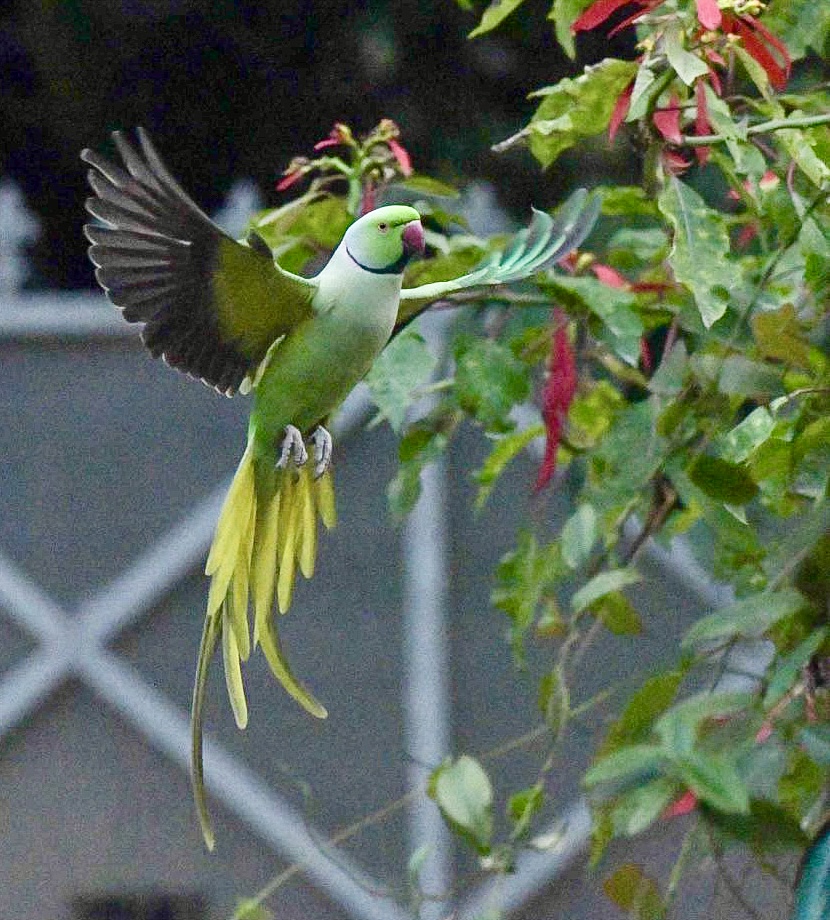Mindfulness is being in the moment, fully present, mindfully non-judgmental of others and of one’s own emotions and feelings. Just being, accepting of the moment, whether good or bad. If there is turmoil – mindfulness means being able to witness the turmoil as if from a distance without getting too attached to it, and without being swept up into it.

Noticing nature around you puts you in a more meditative-like state. Sometimes when you are travelling, the beauty of an old tree will suddenly grab your attention. The sinuous limbs, branches and trunk that have been unobtrusively growing over the decades, giving shelter to teeming insects and birds galore – they will make you forget for a moment the troubles you carry.
It will make your troubles seem insignificant when you compare it to the storms the tree must have weathered to still be standing tall. Akin to looking at trees is watching our many-hued, some furtive skulkers, others not so furtive co-inhabitants on mother earth, the birds.
Birding is exactly that. Observe the birds as you walk in a park or sit in the garden or out in nature – the pink on the neck of the laughing dove and the blue at the edge of the primary feathers. Or the spotted dove with the spots on the back of its neck and the bright crimson of the Crimson Sunbird. The Oriental White-eyes with white eye-rings as they flit in a flock from tree to tree. The long-tailed Minivets – its male a startling red while the female an equally sparkling yellow.
Watching them makes you more mindful. Each bird becomes more alive. You observe them and your attention drifts to them. If you were to observe the different trees in your parks and the different birds, when some arrive and when some depart for greener pastures, it will keep you mindful, and in the moment. Aware of each moment.
The little warblers, the migratory ducks, and flycatchers that arrive in the winter from as far as Europe or Siberia. The wonder of it as you watch them arrive having flown over the Himalayas as some of them do. The fascination of how they fly in V-shaped flocks every year, transcontinental peripatetic travelers to survive in warmer climes as their breeding grounds become too cold for them.
Then there’s the Indian Pitta or Navrang, the bird with 9 colours that travels from south of India to the north to breed in the foothills of the Himalayas. It reaches here exhausted, often dropping down in gardens unable to move a limb for a few hours before it regains enough strength to move on – evidence of the immeasurable interconnection of life, of beings on earth who are so diverse, so colourful and vibrant. Each is different, each a separate being.
Birds can do wonders for our hearts and minds, if we simply pay them attention. Try the Sit Spot exercise to enhance your experience when you are in nature. Sit and remain still for about 20 minutes – pay full attention to your senses, watch, and listen to birds around you. Observe the birds’ colours or behaviour, or its songs. As your senses get more accustomed to the natural world, your focus will become the “present” moment. Connecting with nature is a sure shot way to make you more mindful in everyday life.

Read more by Dr. Simmi Waraich
Share
Image Credit: Dr. Simmi Waraich


Wow Ma’am 🤩 very nice photographs with a brief write up